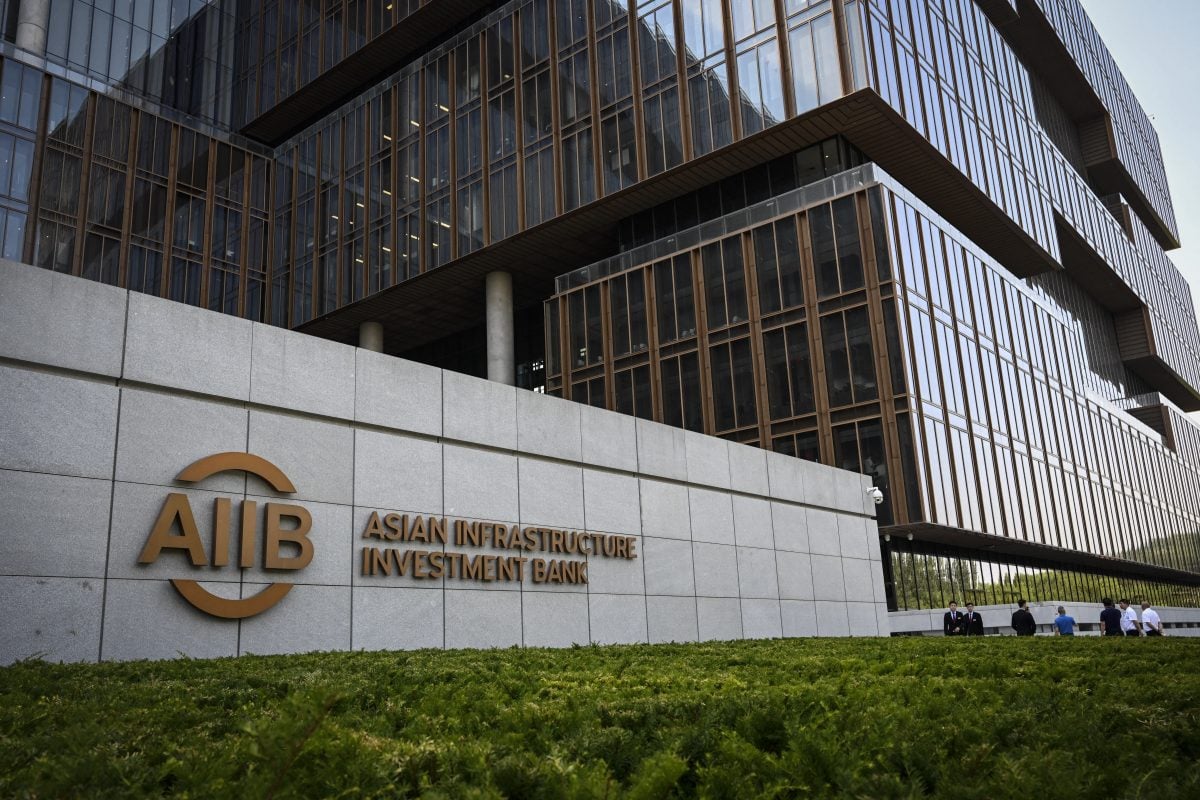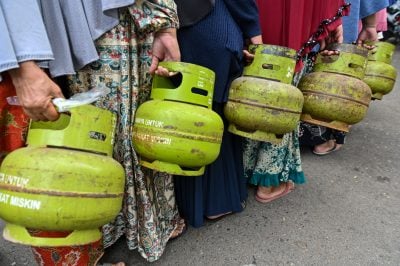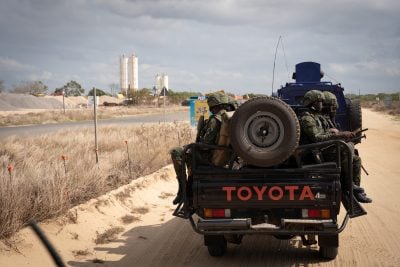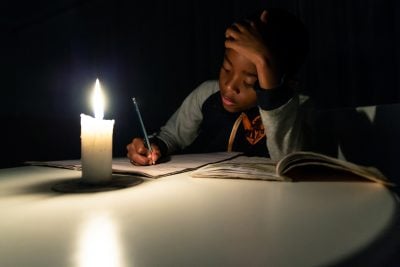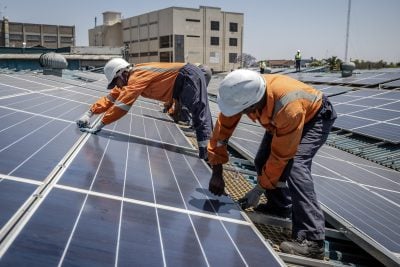The Asian Infrastructure Investment Bank says there is “room to grow” its presence in Africa as it targets $1.5bn of investments in support of the Mission 300 initiative to bring power to underserved areas of the continent.
The Beijing-headquartered AIIB includes 19 African member governments and invests in the continent as part of its mandate to boost Africa-Asia infrastructure ties.
The bank is authorised to allocate up to 15% of its portfolio to investment projects outside of Asia, but currently directs only around 5% to non-Asian markets. In total, it has invested $2.48bn in Africa.
Rodrigo Salvado, director general in AIIB’s operational partnership department, says Africa is an important focus for the multilateral development bank. But he adds that there is “room to grow” its presence on the continent.
“President Jin [Liqun, President of AIIB] has been quite clear that investing one dollar in Africa is not investing one less dollar in Asia,” he says. “It’s actually leveraging and multiplying that dollar.”
One of the areas where AIIB sees potential to upscale its Africa presence is around Mission 300, the initiative led by the World Bank and African Development Bank to connect 300m people in Africa to electricity by 2030.
“Electricity is a very basic function for not only people, but also for markets to function in Africa and commerce to actually happen,” Salvado says.
He says the AIIB is currently looking at the Mission 300 project pipeline and identifying opportunities that align with its priorities and support the needs of the AIIB’s African members.
The Bank plans to invest $1.5bn to support the initiative over the next three to four years, Salvado says. At this stage, he emphasises the need to “pump in money upstream” so that Mission 300 partners coordinate their investment activities and accelerate progress.
Beyond the Belt and Road
China is the largest shareholder of the AIIB, with 26.6% of the current voting shares and veto power, followed by India (7.6%), Russia (6%), and Germany (4.2%).
The AIIB is sometimes portrayed as a Chinese-dominated institution, formed to help fund “Belt and Road” projects that aim to streamline the global flow of goods to and from China.
While the Bank is headquartered in Beijing, and it has invested in some projects under the Belt and Road, Salvado says the the AIIB has 110 member countries and decisions are made by consensus.
In addition to 19 full members in Africa, Nigeria, Senegal and Tanzania are looking to join the AIIB, suggesting African governments perceive opportunities to receive investment.
The AIIB’s increased focus on Africa comes at a time when the availability of development finance is constrained around the world. Salvado argues that providers of concessional capital have “headroom” to make their money stretch further. The key, he believes is project preparation.
“For each dollar that we invest in project preparation,” he says, “we generate $70-80 in project finance”.
Historically, Salvado warns, concessional capital has often been used to “subsidise bad projects”. The aim with blended finance in Africa, he says, should be to change this approach so that concessional investors de-risk good projects. Development partners need to focus on preparing viable projects that will ultimately return capital to investors, he says.
Salvado notes that Kenya recently became the first country in sub-Saharan Africa to invest in AIIB’s Project Preparation Special Fund. Further South-South cooperation, including in project preparation, will be key, he says, to closing the continent’s infrastructure gap and boosting global connectivity.
Want to continue reading? Subscribe today.
You've read all your free articles for this month! Subscribe now to enjoy full access to our content.
Digital Monthly
£8.00 / month
Receive full unlimited access to our articles, opinions, podcasts and more.
Digital Yearly
£70.00 / year
Our best value offer - save £26 and gain access to all of our digital content for an entire year!

 Sign in with Google
Sign in with Google 